Exploring the ECS: How It Affects Your Brain, Body, and Overall Health
December 20, 2023
 777
777 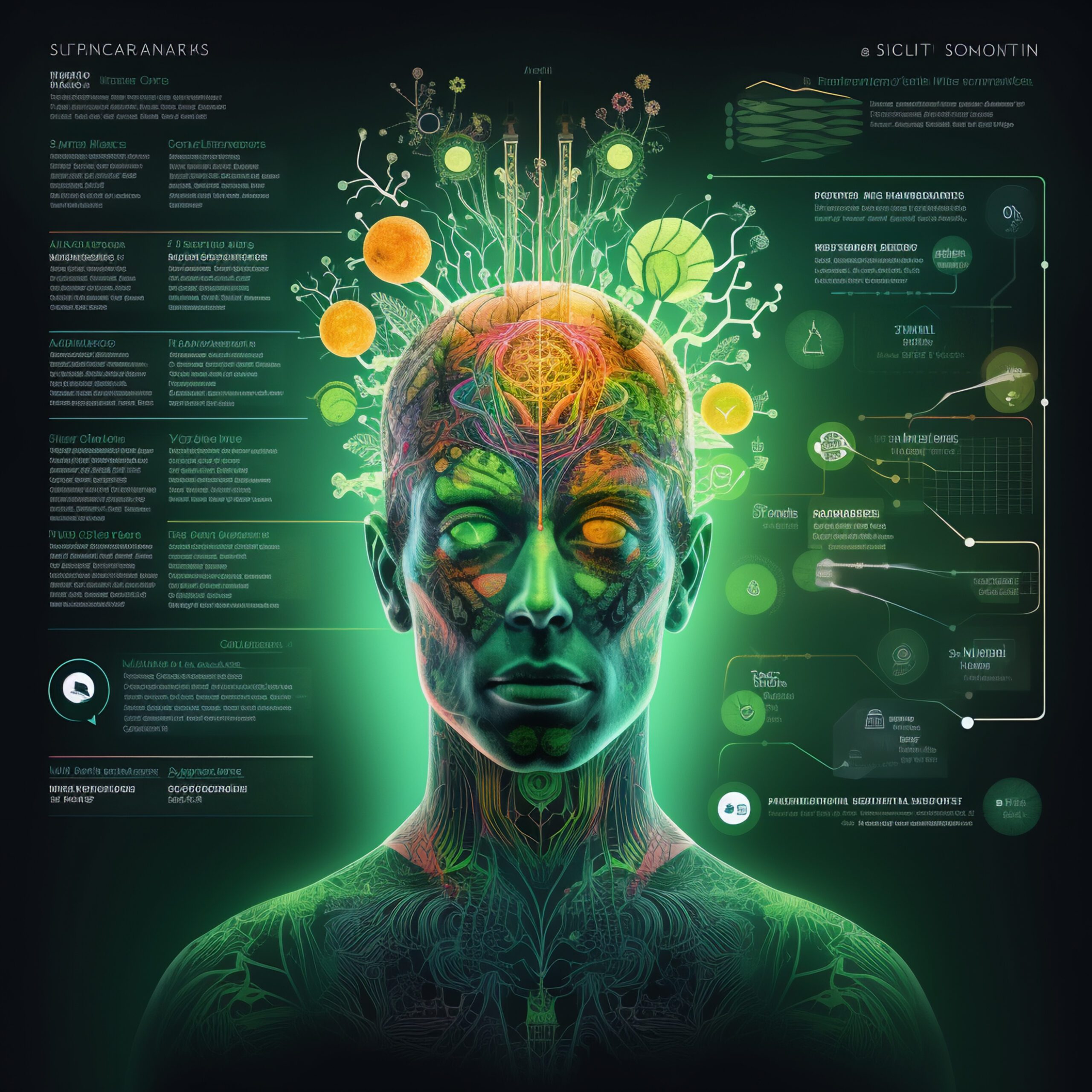
Welcome to a journey through one of the most fascinating and least understood systems in our bodies: the ECS (endocannabinoid system).
Often overshadowed by more prominent systems, the ECS is like an unsung hero working quietly in the background, crucial to our overall well-being and health.
Imagine a conductor in an orchestra, subtly yet powerfully influencing the musicians to create a harmonious symphony. That’s the ECS in our bodies, ensuring everything works in perfect balance.
Why should you care about the ECS? Because it touches nearly every aspect of our health.
From how we feel pain to the way we process emotions, the ECS has a hand in it.
Whether you’re a health enthusiast, someone dealing with chronic issues, or just curious about the inner workings of the human body, understanding the ECS is invaluable.
In this blog, we’re not just diving into complex science; we’re unlocking accessible insights into how the ECS functions and impacts our daily lives.
So, join me on this enlightening journey as we explore the intricacies of the ECS and discover how this hidden system influences much more than we might realize.
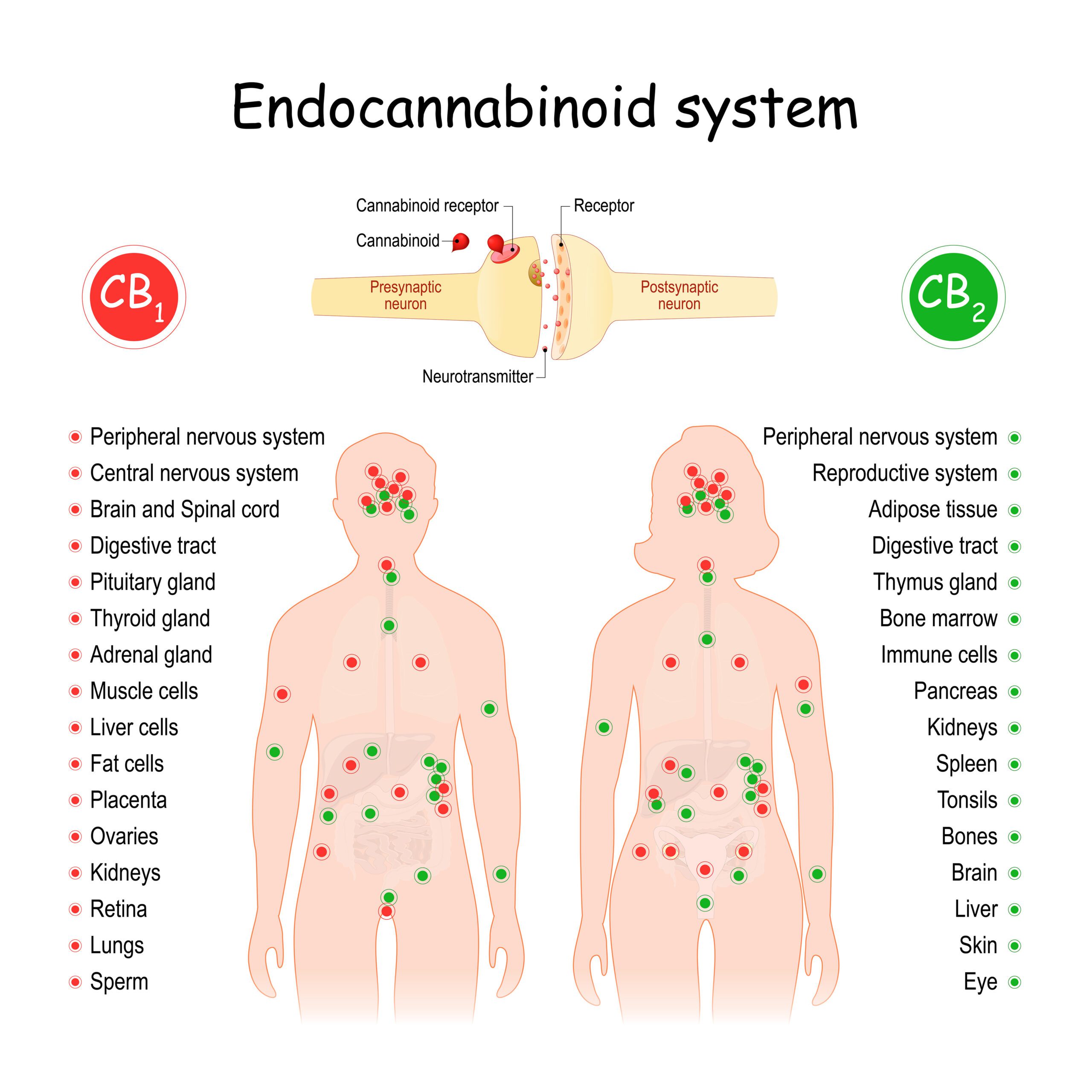
The endocannabinoid system (ECS) might not be as well-known as the nervous or immune systems, but its role is just as vital.
It’s a complex network of receptors, enzymes, and biochemical pathways that maintain our body’s internal balance, known as homeostasis.
Think of it as the body’s universal balancing act, constantly adjusting and fine-tuning to keep everything running smoothly.
The beauty of the ECS lies in its role as a master regulator.
It delicately balances a myriad of physiological processes, from pain perception and mood regulation to immune responses and appetite control.
By doing so, it ensures our body operates optimally, adapting and responding to the ever-changing environment both inside and outside of us.
In this intricate dance of molecules and receptors, the ECS doesn’t just react to changes; it anticipates and adjusts to them, always striving for equilibrium.
It’s a system that works silently but significantly, impacting how we experience life itself.
Stay tuned for the next section, where we’ll delve into the essential functions of the ECS in the body, unraveling how this remarkable system influences our daily lives and overall health.
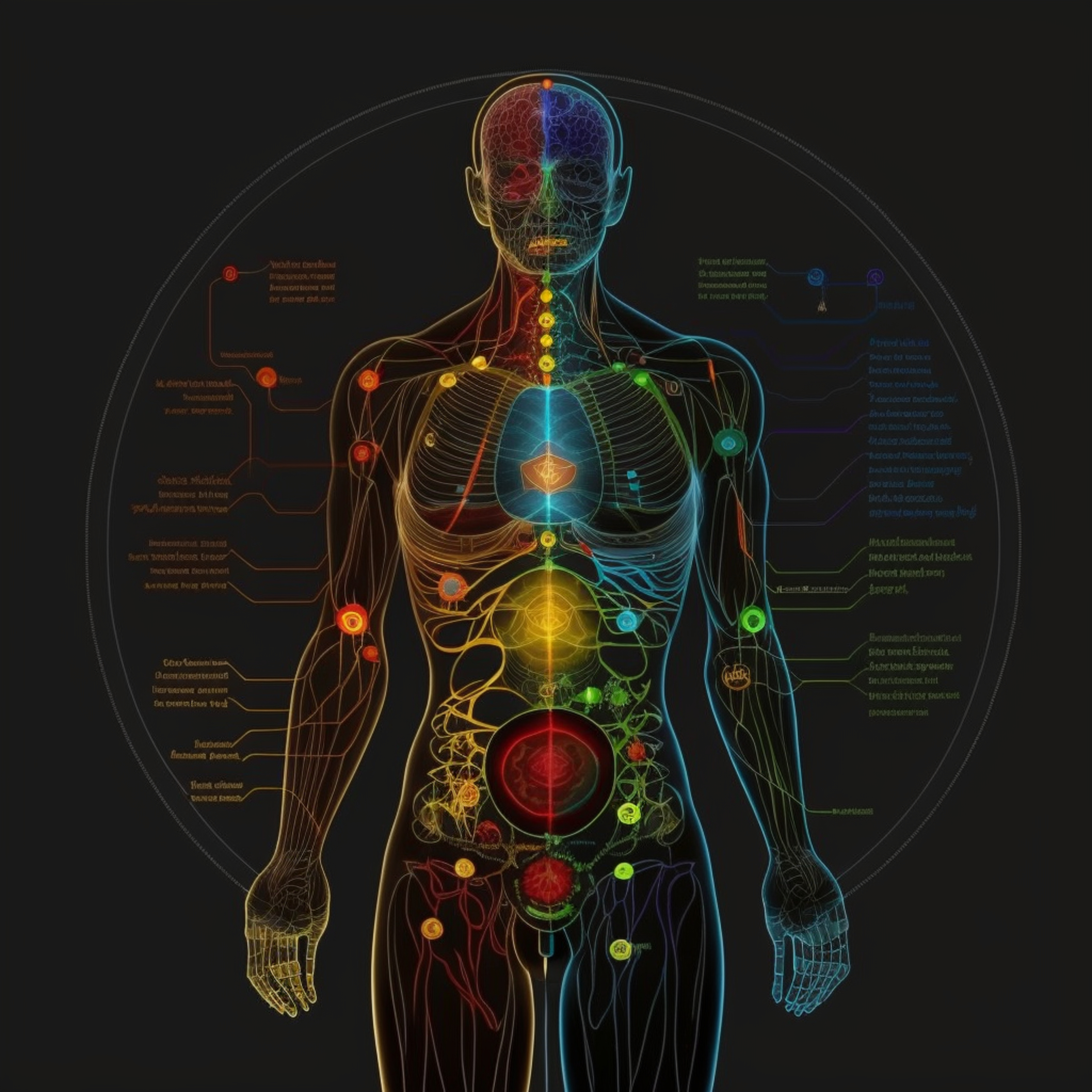
At the heart of the endocannabinoid system (ECS) is its role in maintaining homeostasis – the body’s version of finding the perfect middle ground.
Whether it’s regulating body temperature, balancing hormone levels, or managing stress responses, the ECS is there, working tirelessly in the background.
It’s akin to a thermostat, constantly adjusting the settings to maintain an ideal environment for our body’s diverse functions.
Sleep isn’t just a period of rest; it’s a crucial process for our health, and the ECS plays a pivotal role in regulating it.
By influencing sleep patterns and sleep quality, the ECS ensures we get the restorative rest our bodies need.
It’s like a gentle lullaby, orchestrating the release of chemicals and hormones that help us transition between wakefulness and sleep, ensuring our sleep-wake cycle is in harmony with our body’s needs.
Have you ever wondered what controls your hunger pangs or satiety?
The ECS is a key player in appetite regulation and digestion. It’s the system behind the scenes, influencing how we perceive hunger and fullness.
Endocannabinoids like 2-AG stimulate appetite, while the ECS’s role in the gut ensures that our digestive processes run smoothly, impacting everything from nutrient absorption to gut motility.
One of the most recognized roles of the ECS is in pain modulation.
It’s our body’s natural painkiller, stepping in to reduce pain perception and inflammation.
By interacting with pain receptors in the brain and body, the ECS helps us manage everything from minor aches to chronic pain, offering a glimmer of hope in the search for effective pain management strategies.
The ECS also extends its influence to the immune system.
Acting as a regulator, it modulates immune responses and inflammation, playing a crucial role in how our bodies respond to illness and injury.
In the world of immunity, the ECS is like a skilled diplomat, maintaining peace and preventing our immune system from overreacting or underperforming.

The ECS is a guardian of brain health, involved in both protecting nerve cells and supporting the growth of new ones – a process known as neurogenesis.
This protective role is especially vital in reducing damage from injuries and degenerative diseases.
In the realm of neurogenesis, particularly in the hippocampus, the ECS fosters the birth of new neurons, which is crucial for learning and memory.
Our moods and emotions are not just fleeting feelings; they are complex processes influenced by the ECS.
By modulating neurotransmitters like serotonin and dopamine, the ECS helps maintain our emotional balance.
This makes it a key area of interest in understanding and potentially treating psychiatric disorders like depression, anxiety, and schizophrenia.
The ECS plays a critical role in shaping how we learn and remember.
It’s involved in synaptic plasticity – the ability of synapses to strengthen or weaken over time.
This flexibility is essential for learning new information and forming memories.
Additionally, the ECS aids in memory consolidation and retrieval, making it a focal point in research on memory-related conditions like Alzheimer’s disease.
In today’s fast-paced world, managing stress is more important than ever, and the ECS is at the forefront of this battle.
It helps regulate the body’s response to stress by modulating the hypothalamic-pituitary-adrenal (HPA) axis, our central stress response system.
By influencing stress hormones like cortisol, the ECS plays a vital role in protecting our bodies and minds from the potentially damaging effects of chronic stress.
In these roles, the ECS doesn’t just influence our physical health; it shapes our mental and emotional well-being too.
As we peel back the layers of this complex system, its profound impact on our daily lives becomes increasingly clear, highlighting the incredible potential for ECS-targeted therapies in a multitude of health areas.
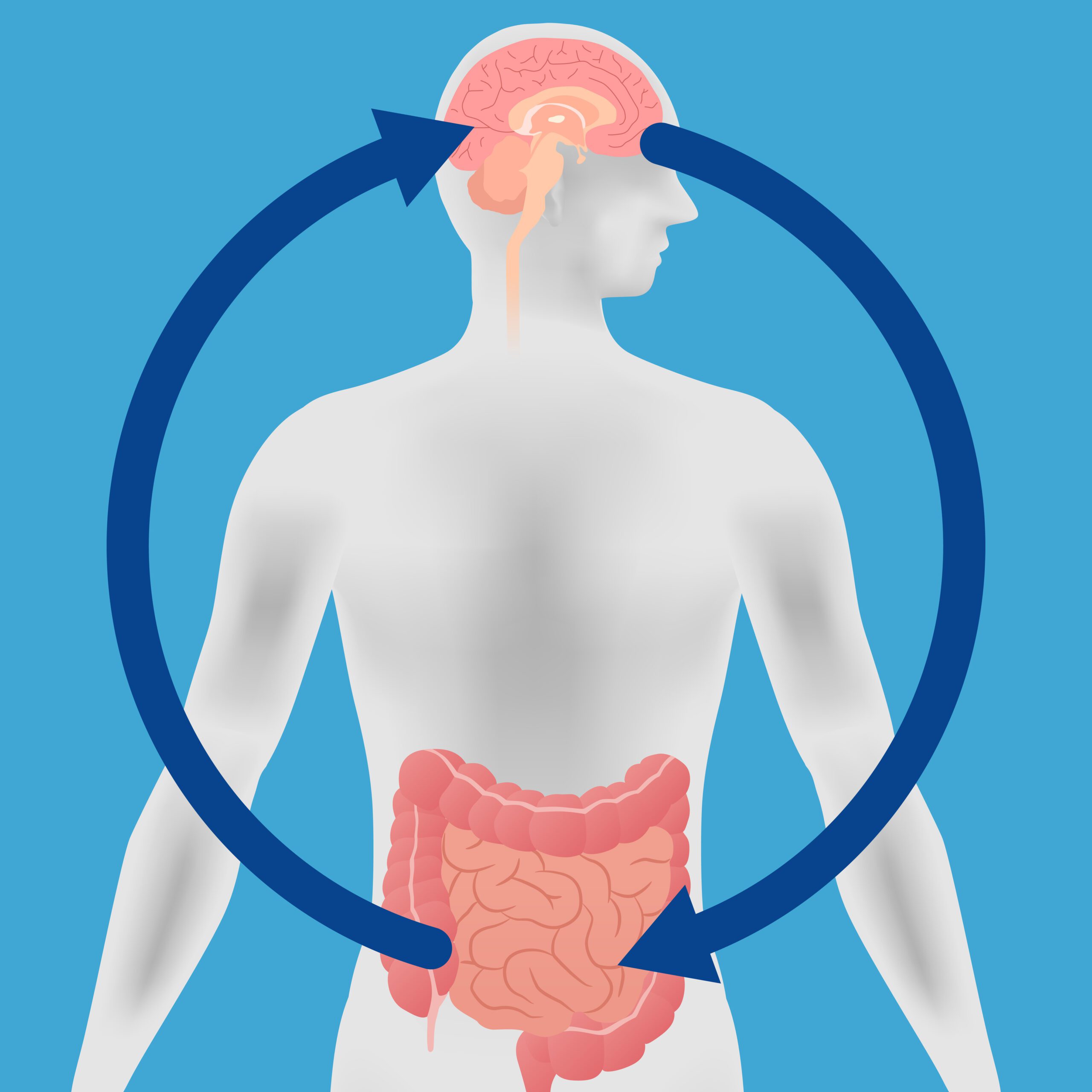
The skin is not just our body’s outer covering; it’s an active organ, and the ECS plays a pivotal role in its health.
Acting as a guardian, the ECS helps regulate skin cell proliferation, differentiation, and even survival.
It also plays a part in sebum production, crucial for maintaining skin moisture and elasticity.
In conditions like eczema, psoriasis, and acne, the ECS’s anti-inflammatory properties come to the forefront, showcasing its potential in dermatological treatments.
The ECS is intricately linked to the reproductive system, influencing fertility and pregnancy.
It helps regulate hormone levels and essential processes like sperm motility and ovulation.
In the intricate dance of reproduction, the ECS is like a choreographer, ensuring each step from embryo implantation to pregnancy progression happens in rhythm.
When it comes to our hearts and blood vessels, the ECS plays a crucial role.
It influences blood pressure, heart rate, and even the dilation and constriction of blood vessels.
The ECS’s modulation of inflammation is particularly significant in cardiovascular health, affecting conditions like atherosclerosis and offering potential pathways for future heart-related therapies.
The ECS ensures our digestive system works harmoniously, impacting gut motility, secretion, and inflammation.
It’s particularly relevant in conditions like irritable bowel syndrome (IBS) and inflammatory bowel disease (IBD).
Moreover, the ECS affects our appetite and metabolism, integral in maintaining energy balance and nutritional status.
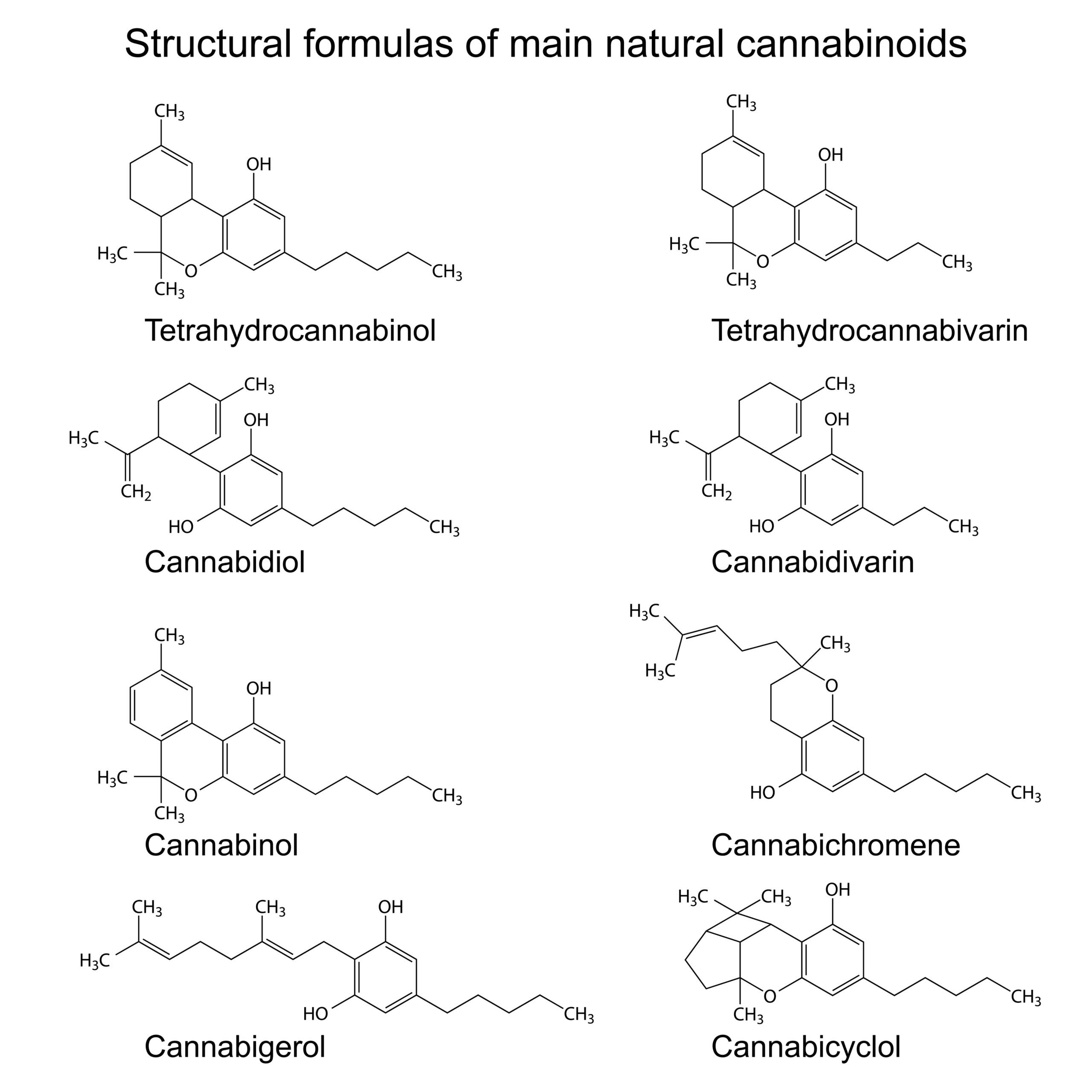
Synthetic cannabinoids are human-made chemicals that mimic the effects of their natural counterparts.
While they bind to the same receptors as THC and CBD, their use is a balancing act.
In research, they’re invaluable in understanding the ECS. However, their unregulated use raises significant health concerns due to their unpredictable and sometimes hazardous effects.
Through this exploration of cannabinoids, we unveil a world where each compound has unique properties and effects, shaping the potential therapeutic applications of cannabis and cannabinoids in medicine.
This diversity underscores the complexity and the promise of cannabinoid research in advancing health and wellness.
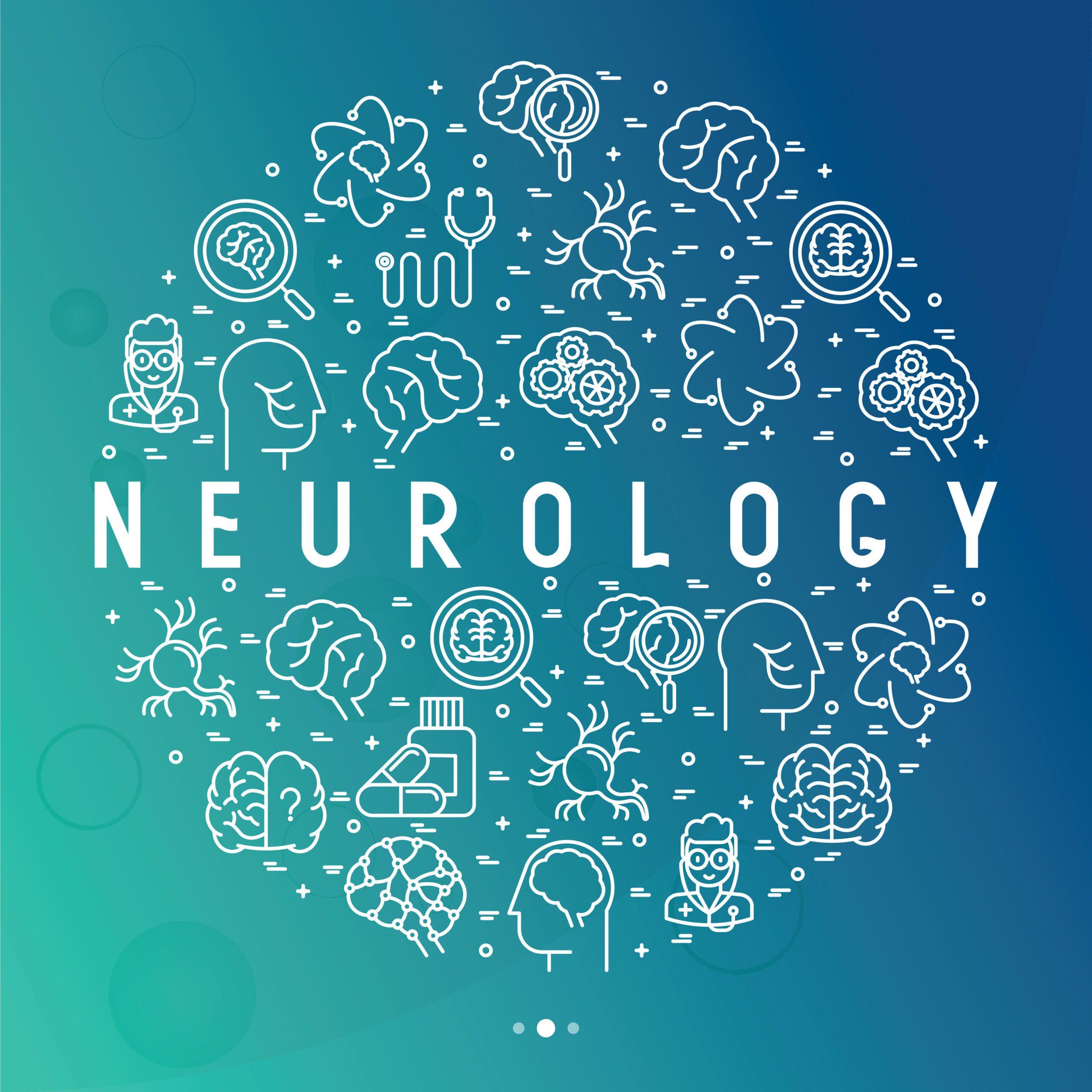
In the intricate world of neurological disorders like epilepsy, multiple sclerosis, and Parkinson’s disease, the ECS emerges as a beacon of hope.
Its neuroprotective and anti-inflammatory properties offer a new perspective in managing these conditions.
The ECS’s ability to modulate neurotransmitter release and neural inflammation positions it as a promising therapeutic target for these often debilitating diseases.
Mental health is not just a matter of mind over matter; it’s deeply rooted in our body’s biochemistry.
Here, the ECS plays a crucial role. Dysregulation of the ECS has been linked to psychiatric conditions such as anxiety, depression, and schizophrenia.
This opens a door to potential cannabinoid-based treatments that could revolutionize mental health care, offering new hope where traditional treatments fall short.
Chronic pain is a silent epidemic, and the ECS stands as a warrior in its management.
By modulating pain perception and inflammation, the ECS presents an alternative to traditional painkillers like opioids, offering relief without the heavy burden of side effects and addiction risks.
In autoimmune diseases, the body’s defense system turns against itself.
The ECS steps in as a regulator, modulating immune responses and inflammation.
This is particularly significant in conditions like rheumatoid arthritis and inflammatory bowel disease, where ECS dysregulation may play a role in disease progression.
The therapeutic potential of the ECS is vast, given its involvement in a wide range of bodily processes.
However, translating this potential into medical applications comes with its challenges.
Dosage standardization, regulatory hurdles, and the psychoactive effects of certain cannabinoids like THC necessitate a nuanced approach to harness the full therapeutic potential of the ECS.

Recent research has pushed the boundaries of our understanding of the ECS.
Beyond the well-known CB1 and CB2 receptors, scientists are exploring additional receptors like GPR55 and PPARs, which cannabinoids interact with.
This expands our comprehension of how cannabinoids exert their multifaceted effects.
The discovery of new endocannabinoids, such as virodhamine and noladin ether, adds layers of complexity to the ECS.
These discoveries provide deeper insights into the diverse and intricate nature of the ECS.
Genetic studies are unraveling how variations in ECS-related genes can influence individual responses to cannabinoids.
This paves the way for personalized cannabinoid-based therapies, tailoring treatments to individual genetic profiles for maximum efficacy.
Significant strides have been made in understanding how manipulating the ECS can offer therapeutic benefits in neurodegenerative diseases.
The focus on neuroprotection and neuroinflammation is particularly promising in tackling conditions like Alzheimer’s and Parkinson’s.
The ECS is not just a standalone system; it’s part of a larger biological orchestra.
Researchers are increasingly adopting a holistic approach, examining how the ECS interacts with lifestyle factors like diet, stress, and exercise.
Moreover, the growing trend of international collaboration in ECS research is breaking down traditional barriers, fostering a global effort to unlock the mysteries of this fascinating system.
These recent advances and trends in ECS research not only illuminate the system’s complexity but also underscore its immense potential as a target in developing future medical therapies and interventions.
The continuous exploration of the ECS is paving the way for groundbreaking developments, promising exciting breakthroughs in health and medicine.

The world of the endocannabinoid system (ECS) is shrouded in misconceptions, partly due to its association with cannabis. Let’s set the record straight with science-backed facts:
The ECS is a complex and nuanced system, integral to numerous physiological processes.
It’s not a simple one-way street influenced solely by external cannabinoids; it’s a dynamic, multifaceted system that plays a crucial role in our overall health and well-being.
As we wrap up this exploration, it’s clear that the endocannabinoid system (ECS) is not just a minor player in the background of our physiology.
It’s a key protagonist, deeply involved in maintaining the delicate balance that keeps us healthy and functioning optimally.
From brain health to immune response, from pain management to mental well-being, the ECS is a central figure in the narrative of our bodies.
But our journey through the ECS doesn’t end here.
In the upcoming chapters, we’ll dive deeper into the fascinating world of cannabinoids, their chemistry, and the groundbreaking therapeutic possibilities they present.
We’ll explore how this knowledge can be harnessed in new and innovative ways, potentially opening doors to revolutionary medical treatments and a deeper understanding of health and disease.
So, stay tuned for more insights and discoveries as we continue to unravel the mysteries of the endocannabinoid system – a system that’s not just a part of us but is fundamental to our very essence of being.
The road ahead is filled with potential and promise, and we invite you to join us on this exciting journey of discovery and exploration.

A new study suggests that a widely used sugar substitute found in diet sodas, chewing gum, and low-sugar yogurt may elevate insulin levels. This could increase the long-term risk of heart disease. “Artificial sweeteners have infiltrated nearly all types of food, making it crucial to understand their long-term health effects,” said Yihai Cao, senior author […]

Diet Coke has long been a fan-favorite among soda lovers who want a fizzy, guilt-free alternative to traditional soft drinks. While its zero-calorie, zero-sugar label makes it seem like a healthier option, the reality is far more concerning. Despite its undeniable popularity, Diet Coke’s nutritional profile has raised red flags among health experts for years. […]

New study shows that embracing an anti-inflammatory, plant-forward diet can support cognitive function and help reduce the risk of dementia. What You Eat Shapes Your Brain The food you eat doesn’t just impact your body—it also affects your brain. Research suggests that eating an anti-inflammatory, plant-based diet can help improve memory, focus, and overall brain […]